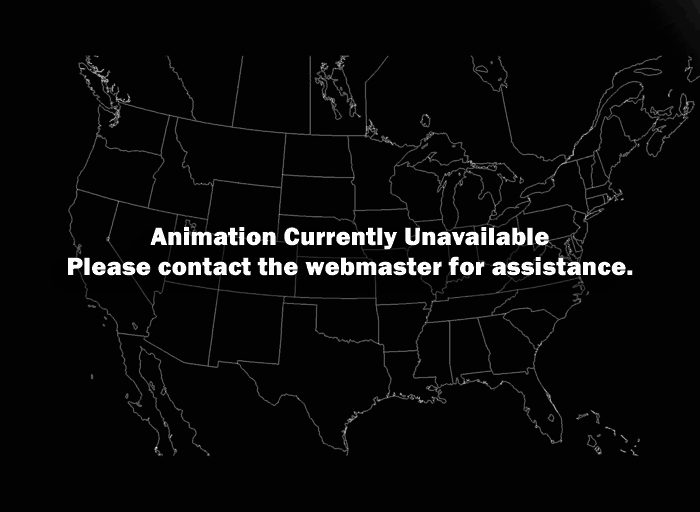18 Apr 2024 - 01:08 EDT
18 Apr 2024 - 05:08 UTC
18 Apr 2024 - 05:08 UTC
Mesoscale view - at 26°N - 80°W
0 hour loop - 0 images - 0 minute update
To enlarge, pause animation & click the image. Hover over popups to zoom. Use slider to navigate.
Requested animation unavailable

1.37 µm - Cirrus Band - 2 km resolution - Band 4 will detect very thin cirrus clouds during the day. This band is centered in a strong water vapor absorption spectral region. It does not routinely sense the lower troposphere, where there is substantial water vapor, and thus provides excellent daytime sensitivity to high, very thin cirrus under most circumstances.
Band 4 is a visible channel and is therefore black during nighttime hours.
• For more details, see the Band 4 - ABI Quick Information Guide, (PDF, 532 KB)
